Mingxing Zhang
RetroInfer: A Vector-Storage Approach for Scalable Long-Context LLM Inference
May 05, 2025Abstract:The growing context lengths of large language models (LLMs) pose significant challenges for efficient inference, primarily due to GPU memory and bandwidth constraints. We present RetroInfer, a novel system that reconceptualizes the key-value (KV) cache as a vector storage system which exploits the inherent attention sparsity to accelerate long-context LLM inference. At its core is the wave index, an Attention-aWare VEctor index that enables efficient and accurate retrieval of critical tokens through techniques such as tripartite attention approximation, accuracy-bounded attention estimation, and segmented clustering. Complementing this is the wave buffer, which coordinates KV cache placement and overlaps computation and data transfer across GPU and CPU to sustain high throughput. Unlike prior sparsity-based methods that struggle with token selection and hardware coordination, RetroInfer delivers robust performance without compromising model accuracy. Experiments on long-context benchmarks show up to 4.5X speedup over full attention within GPU memory limits and up to 10.5X over sparse attention baselines when KV cache is extended to CPU memory, all while preserving full-attention-level accuracy.
MoBA: Mixture of Block Attention for Long-Context LLMs
Feb 18, 2025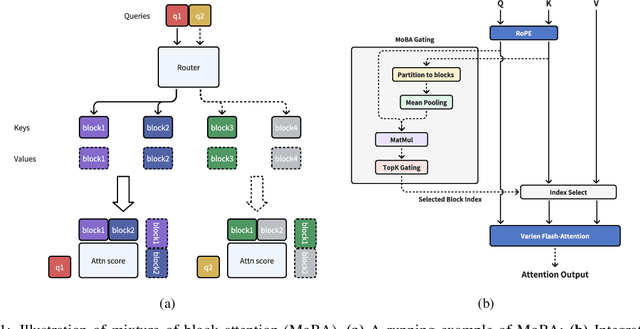

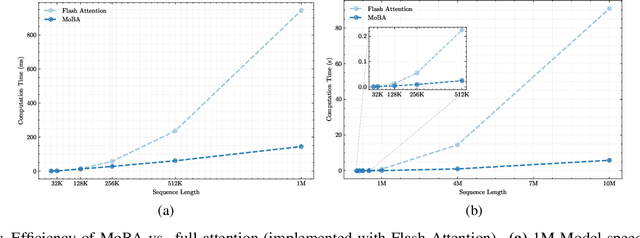
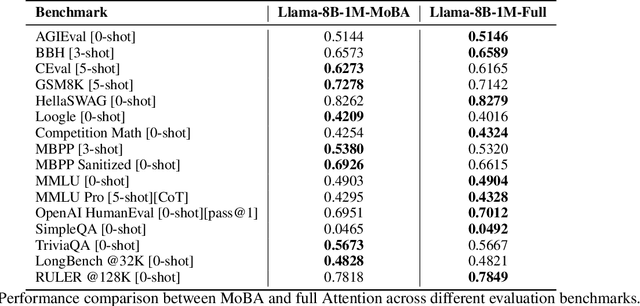
Abstract:Scaling the effective context length is essential for advancing large language models (LLMs) toward artificial general intelligence (AGI). However, the quadratic increase in computational complexity inherent in traditional attention mechanisms presents a prohibitive overhead. Existing approaches either impose strongly biased structures, such as sink or window attention which are task-specific, or radically modify the attention mechanism into linear approximations, whose performance in complex reasoning tasks remains inadequately explored. In this work, we propose a solution that adheres to the ``less structure'' principle, allowing the model to determine where to attend autonomously, rather than introducing predefined biases. We introduce Mixture of Block Attention (MoBA), an innovative approach that applies the principles of Mixture of Experts (MoE) to the attention mechanism. This novel architecture demonstrates superior performance on long-context tasks while offering a key advantage: the ability to seamlessly transition between full and sparse attention, enhancing efficiency without the risk of compromising performance. MoBA has already been deployed to support Kimi's long-context requests and demonstrates significant advancements in efficient attention computation for LLMs. Our code is available at https://github.com/MoonshotAI/MoBA.
Mooncake: A KVCache-centric Disaggregated Architecture for LLM Serving
Jul 02, 2024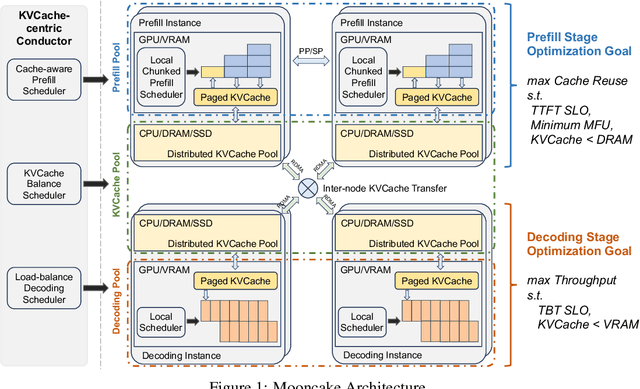

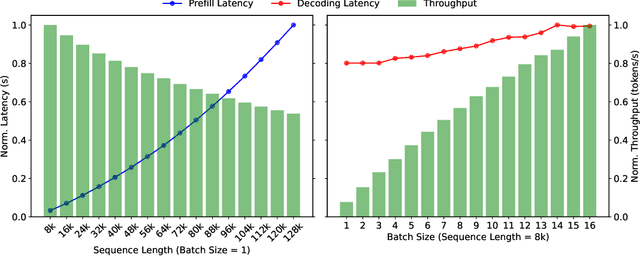

Abstract:Mooncake is the serving platform for Kimi, a leading LLM service provided by Moonshot AI. It features a KVCache-centric disaggregated architecture that separates the prefill and decoding clusters. It also leverages the underutilized CPU, DRAM, and SSD resources of the GPU cluster to implement a disaggregated cache of KVCache. The core of Mooncake is its KVCache-centric scheduler, which balances maximizing overall effective throughput while meeting latency-related Service Level Objectives (SLOs). Unlike traditional studies that assume all requests will be processed, Mooncake faces challenges due to highly overloaded scenarios. To mitigate these, we developed a prediction-based early rejection policy. Experiments show that Mooncake excels in long-context scenarios. Compared to the baseline method, Mooncake can achieve up to a 525% increase in throughput in certain simulated scenarios while adhering to SLOs. Under real workloads, Mooncake's innovative architecture enables Kimi to handle 75% more requests.
Efficient and Economic Large Language Model Inference with Attention Offloading
May 03, 2024
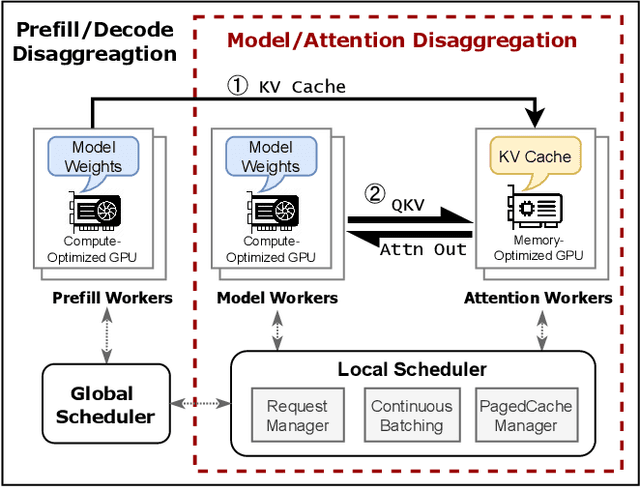


Abstract:Transformer-based large language models (LLMs) exhibit impressive performance in generative tasks but introduce significant challenges in real-world serving due to inefficient use of the expensive, computation-optimized accelerators. This mismatch arises from the autoregressive nature of LLMs, where the generation phase comprises operators with varying resource demands. Specifically, the attention operator is memory-intensive, exhibiting a memory access pattern that clashes with the strengths of modern accelerators, especially as context length increases. To enhance the efficiency and cost-effectiveness of LLM serving, we introduce the concept of attention offloading. This approach leverages a collection of cheap, memory-optimized devices for the attention operator while still utilizing high-end accelerators for other parts of the model. This heterogeneous setup ensures that each component is tailored to its specific workload, maximizing overall performance and cost efficiency. Our comprehensive analysis and experiments confirm the viability of splitting the attention computation over multiple devices. Also, the communication bandwidth required between heterogeneous devices proves to be manageable with prevalent networking technologies. To further validate our theory, we develop Lamina, an LLM inference system that incorporates attention offloading. Experimental results indicate that Lamina can provide 1.48x-12.1x higher estimated throughput per dollar than homogeneous solutions.
HpGAN: Sequence Search with Generative Adversarial Networks
Dec 10, 2020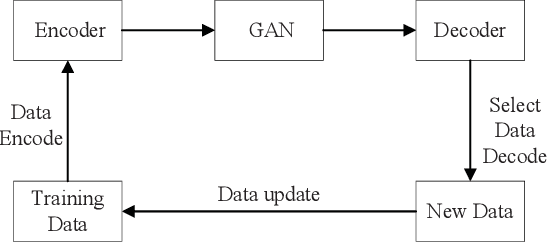
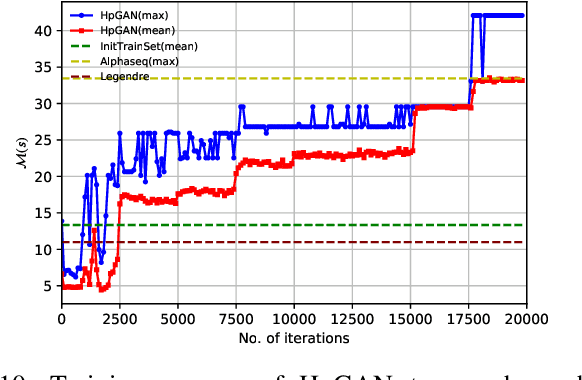
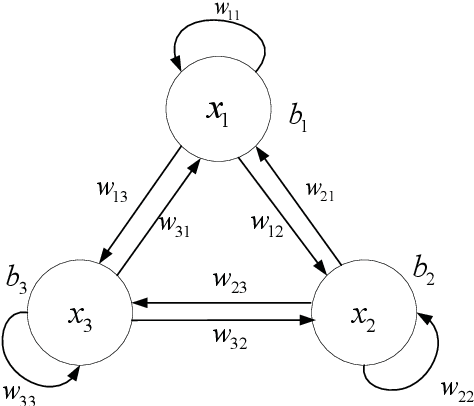
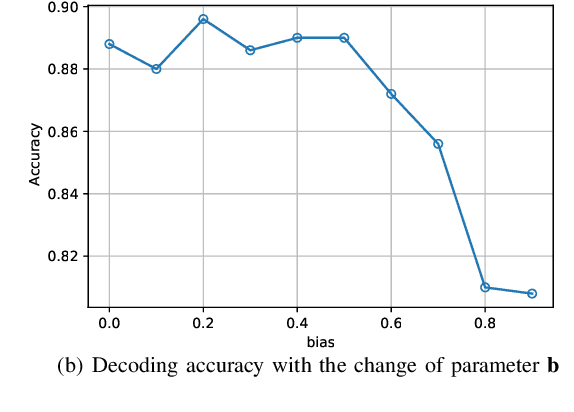
Abstract:Sequences play an important role in many engineering applications and systems. Searching sequences with desired properties has long been an interesting but also challenging research topic. This article proposes a novel method, called HpGAN, to search desired sequences algorithmically using generative adversarial networks (GAN). HpGAN is based on the idea of zero-sum game to train a generative model, which can generate sequences with characteristics similar to the training sequences. In HpGAN, we design the Hopfield network as an encoder to avoid the limitations of GAN in generating discrete data. Compared with traditional sequence construction by algebraic tools, HpGAN is particularly suitable for intractable problems with complex objectives which prevent mathematical analysis. We demonstrate the search capabilities of HpGAN in two applications: 1) HpGAN successfully found many different mutually orthogonal complementary code sets (MOCCS) and optimal odd-length Z-complementary pairs (OB-ZCPs) which are not part of the training set. In the literature, both MOCSSs and OB-ZCPs have found wide applications in wireless communications. 2) HpGAN found new sequences which achieve four-times increase of signal-to-interference ratio--benchmarked against the well-known Legendre sequence--of a mismatched filter (MMF) estimator in pulse compression radar systems. These sequences outperform those found by AlphaSeq.
 Add to Chrome
Add to Chrome Add to Firefox
Add to Firefox Add to Edge
Add to Edge